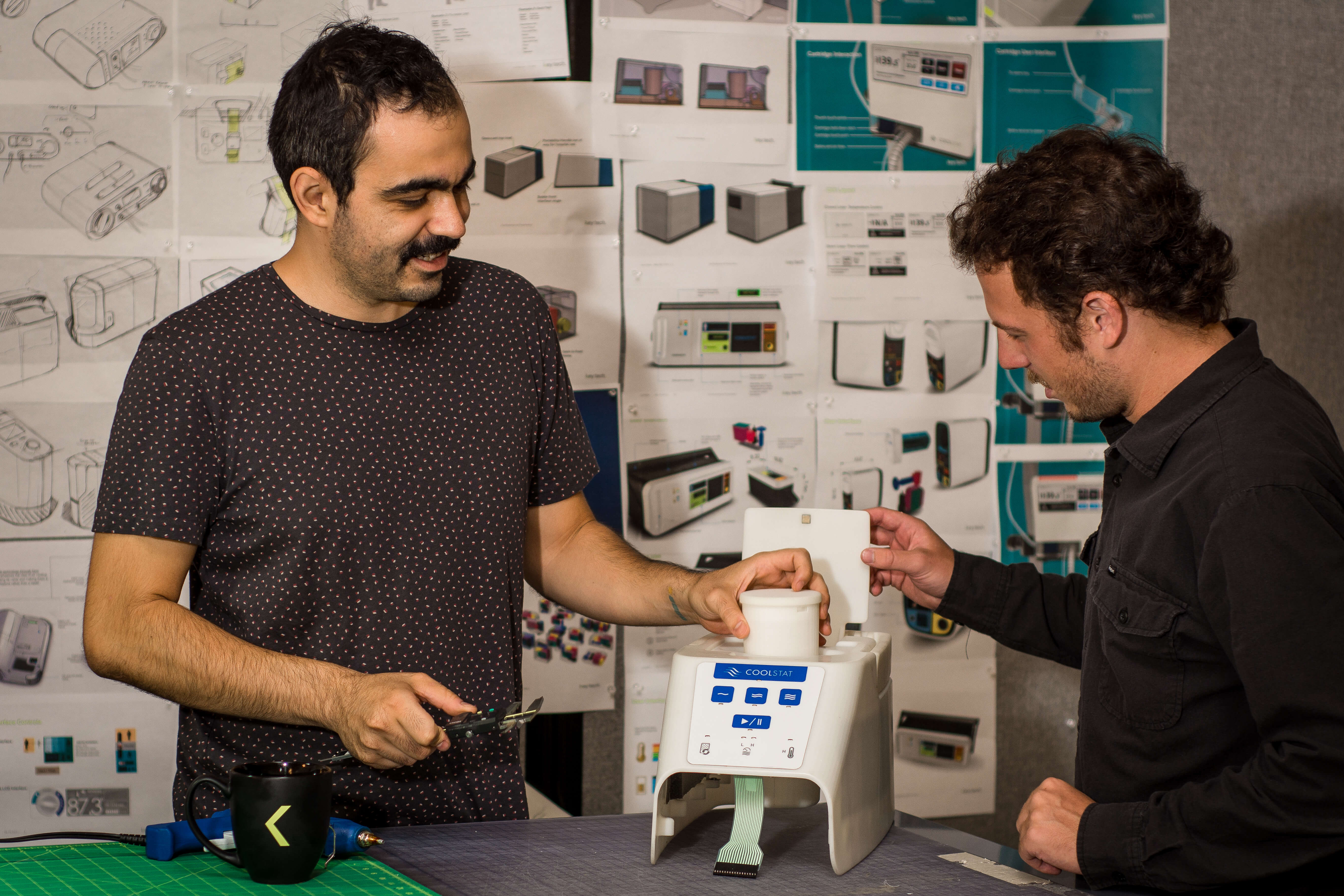
25 Apr Takeaways from The Human Factors and Ergonomics Society (HFES) Annual Meeting
Medical and Drug Delivery Device HFES takeaways. A Key Tech Perspective.
Last month’s HFES conference (Human Factors and Ergonomics in Healthcare), was a three day deep dive into real-world examples and an exploration of solutions for issues and challenges in healthcare. Representing Key Tech’s product development and design team, Chad Larrow and I had the benefit of immersing ourselves in the Medical and Drug Delivery Device track, witnessing many presentations from HF engineers, designers, researchers, and FDA officials. The Medical and Drug-Delivery Devices track focused on the application of human factors and user experience to the design and evaluation of medical devices and combination products.
Evident across the sessions was the value of extended contextual research. Spending adequate time on either end of ‘standard’ workflow allows designers to get truer responses. What happens before the product is used, and what happens after the product is used provides useful data. By spending the time and doing deeper research in these phases, it helps to ensure we, as designers, are seeing the true situation, not what the user may think designers want to see. Extended contextual research gets us to the heart of the design.
Interestingly, practitioners are making noise about the lack of up to date and patient-specific human factor data sets. Traditionally, accessible HF data has been only available for healthy populations. Healthcare patients are typically very different. Healthcare patients may be older, have limited mobility, or limited strength, etc. We can design around limited HF patient data by conducting extensive testing in user groups, but in the long run, device developers need better information to design better products. Data sets of healthcare patients that include anthropometric information, measurements of physical body parts and range of motion will further enable designers to have a more user-centric approach when designing. Most of this kind of data, as its available today, is on young/fit people.
The most innovative work that we saw was the use of increased 3D visualization in order to create more comprehensive understanding of use environments and what the user and patient are experiencing. By leveraging 360 degree cameras and VR environments, designers are able to simulate use, bridging the gap between development phases and live testing, train users in virtual environments, and replicate high-stress emergency situations proving invaluable insight early on in development.
It was exciting to see the increased knowledge requirements practitioners are looking for, acquiring, and using, in product development. This ultimately will increase the quality of the resulting products, which, will in turn, lead to better health outcomes. We at Key Tech will be looking for opportunities to employ these latest techniques.
To brainstorm your next development or design project, contact us at talktous@keytech.com or 410-385-0200.
- At-Home Test Trends - November 8, 2023
- Human Factors Studies During Covid-19 - September 23, 2020
- 5 Keys to Enhance your Voice of Customer (VOC) Study! - March 11, 2020


